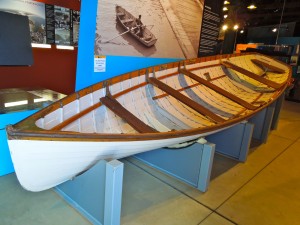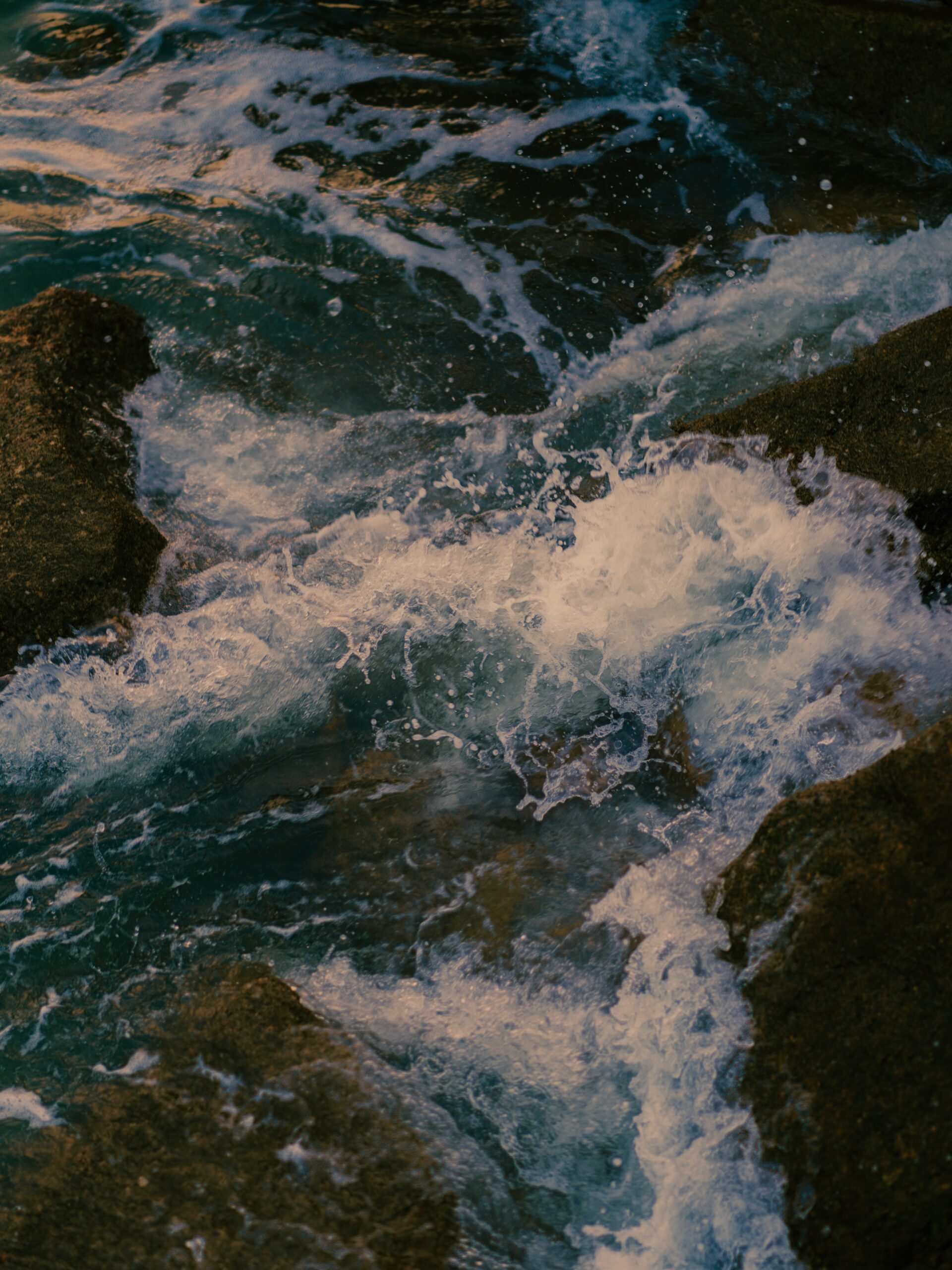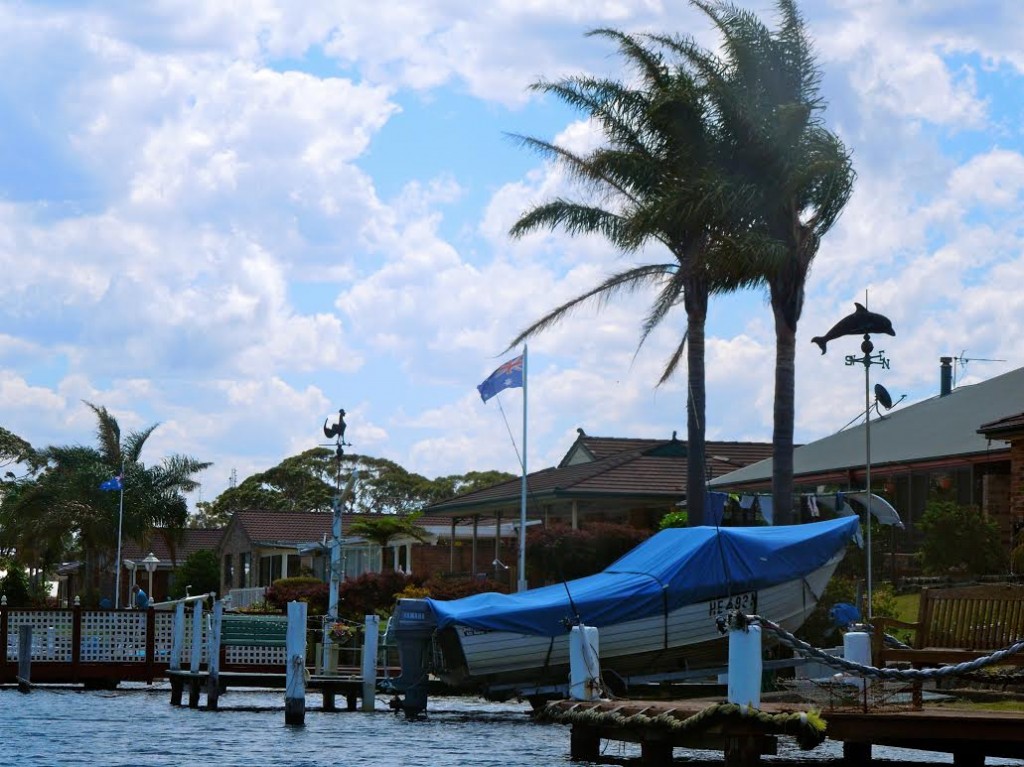The Australian newspaper ran a story this weekend on the growing interest in wooden boat building in this country (11-12 January by Pia Ackerman). The piece quoted the reflections of Larry Eastwood, who owns the recently established Pittwater Wooden Boat School, regarding the apparent lack of interest in wooden boats here compared to America where vessels ‘are held in families for generations’.
It’s not as though European Australians were not building timber craft – large and small – from the very beginning of colonisation. The construction occurred despite orders to the contrary – an attempt in the first 25 years to prevent convict escape and forestall the development of mercantile competition to the East India Company. Over the next 150 years thousands of vessels must have been made around the continent. Most of them were small rowing boats. Around Newcastle the Towns Brothers became renowned for their ‘butcher’ boats that carried produce up and down the Hunter River. Down in Twofold Bay the Davidson family were still rowing out to harpoon humpback whales in wide broad clinker-built craft into the 1920s. At Jervis Bay, the surname Settree is synonymous with timber boats – mostly trawlers.
Photographs taken well into the 20th century show waterfronts, including Sydney Harbour, littered with rowing boats. These vessels were made from the softer Australian timbers rather than the hardwoods that would blunt saws and exhaust the men who wielded them. Often there were different woods for different parts of the craft. Queensland Ash, cedar, melaleuca were just three.

Now, in NSW at least, one is lucky to see small timber craft outside a museum, and even there they are rare. The Pilot Station Museum at Port Macquarie has a beautiful cedar dinghy with sail. The Newcastle Maritime Heritage Centre has a Towns Brothers ‘butcher boat’, while the Lady Denman Museum in Huskisson Jervis Bay has a whaler reconstructed from the deteriorated remains of two other craft.
It would seem that there was a quick and widespread take-up of modern materials from the 1960s. The Register of Historic Vessels maintained by the Australian Maritime Museum puts the date as 1965 – after which begins the ‘mass production era’.
Traditional materials are still used throughout Asia – perhaps not surprisingly given the availability of easily-procured, fast growing local wood. They are also commonplace around the Mediterranean where tradition and costs may both be factors.
John Ruskin noted the enduring appeal of the ‘bow of a boat’ and the ‘rude simplicity of bent plank’ in The Harbours of England as long ago as 1856. It is curious that the aesthetic appeal of wooden boats in Australia should have lapsed so dramatically in the late 20th century. In the course of researching my recently published Coast: a history of the New South Wales edge, I asked some boatbuilders why this occurred here and then, in contrast to other wealthy countries such as US and UK, but I couldn’t really get a single answer. It was suggested that the recalcitrant nature of Australian timber finally proved too much. Some said local wood was too hard and too expense to get. These observations may be accurate but I was still unclear why did the tradition end then and why didn’t it carry on with imported timber?
I ended up concluding that there was a cultural element as well. Australians are a people who take up modern materials and discard time consuming tradition with alacrity. The rapid displacement of timber homes with modern brick veneer styles through the 1960s and 1970s is a case in point. So it is with boats, it seems, though the tide is turning.
The question remains, however, where did all those skiffs and dinghies, wherries and whalers go?



